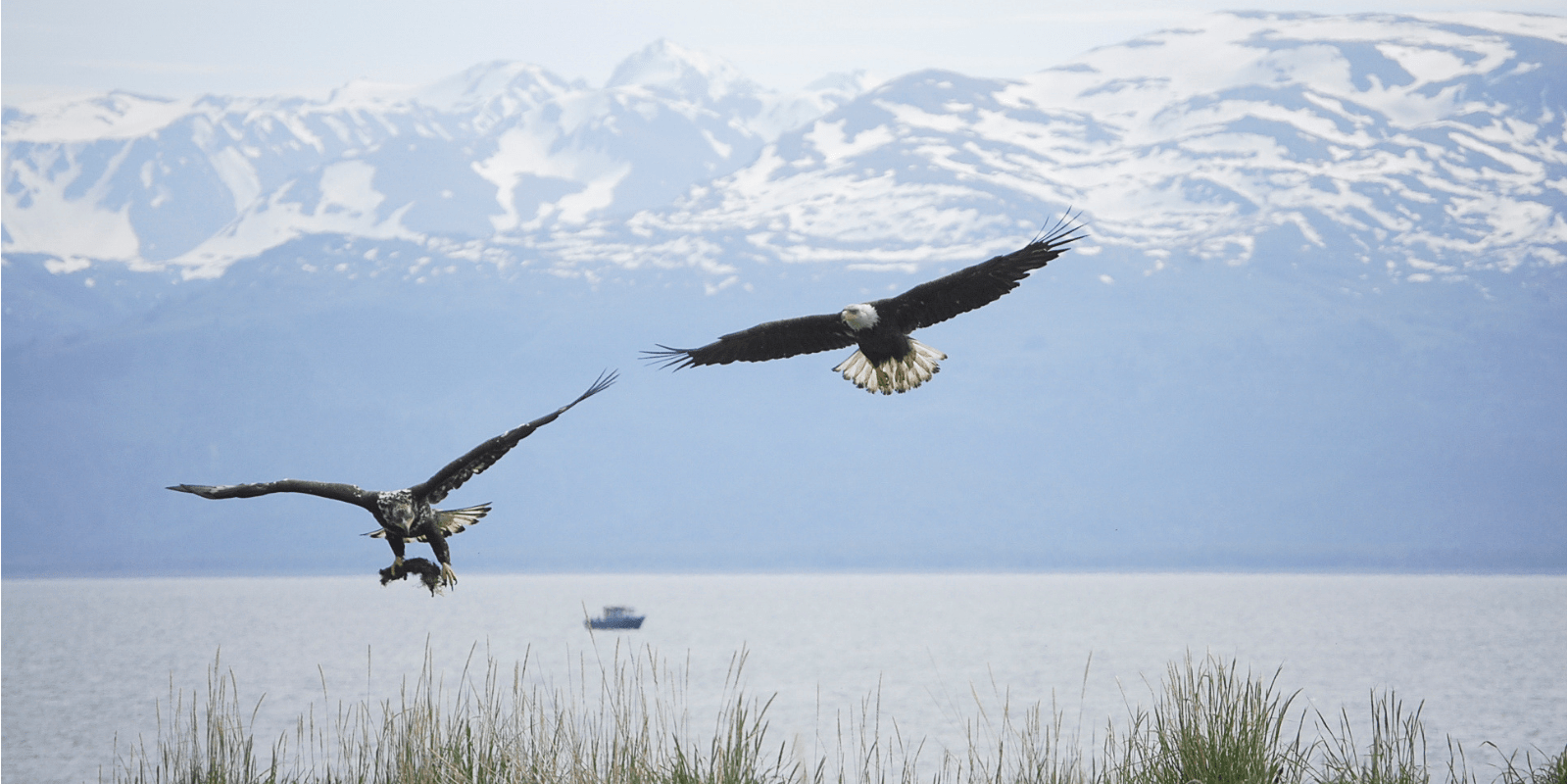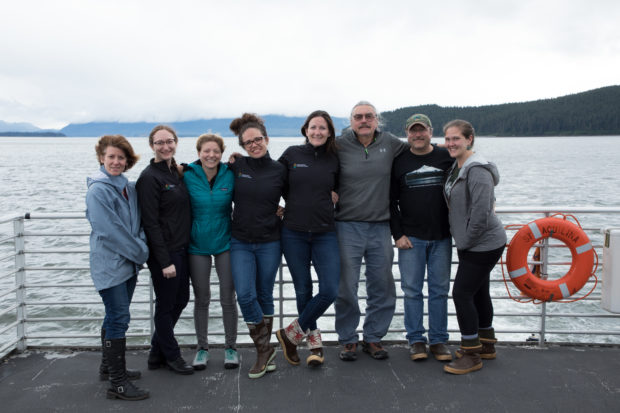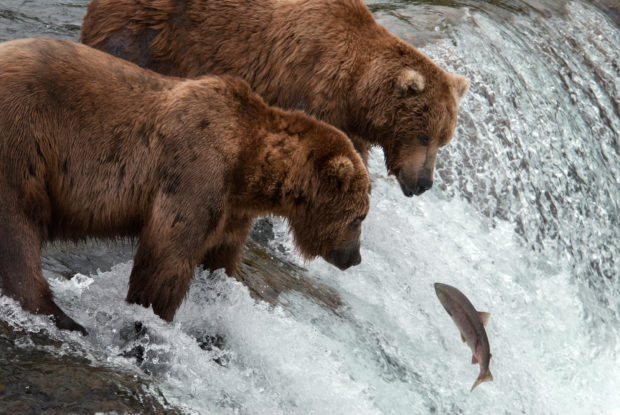We have much more to do and your continued support is needed now more than ever.
Our Newest Affiliate: Southeast Alaska Conservation Council

We are excited to announce that Southeast Alaska Conservation Council (SEACC) has joined the National Wildlife Federation as our 52nd state or territorial affiliate.
Inspired by the land, wildlife, cultures, and communities of Southeast Alaska, SEACC strives to ensure this interconnected whole exists for future generations. SEACC’s mission is to protect the special places of the world’s largest temperate rainforest, promote conservation, and advocate for sustainability in human use of natural resources.
Like the state of Alaska itself, there is no one strategy that can be deployed to protect the unique, lush wild lands and waters of Southeast Alaska. SEACC strategically synthesizes several. They marry legal expertise and scientific rigor, hoisting them on the shoulders of grassroots organizing and robust communication to spread a truth: the treasures of Southeast Alaska are not inert copper and zinc hidden in the earth, but the breathing emerald Tongass and vital turquoise waters of the Inside Passage. For forty-nine years SEACC has labored with indigenous tribes and rural communities, stalwart fisherman and local businesses to advance conservation, maintain existing protections, and keep Southeast Alaska wild, thriving and whole.

Being based in the state capital of Juneau, SEACC has close access to the legislature and the state capitol, and works with many diverse constituencies including recreational and subsistence hunters and fishers, tribal and rural communities, and state and federal agencies. Their program focus is primarily on public lands and protecting intact ecosystems in the coastal portions of the state but join partners nationally and throughout the state on other key conservation issues including Bristol Bay, transboundary mining and climate resiliency.
National Wildlife Federation’s previous Alaska affiliate, the Renewable Resources Coalition and Foundation, disbanded and closed its doors after its successful multi-year campaign to pass a citizen’s initiative to protect Bristol Bay from the large-scale industry mining proposed by Pebble Mine Consortium. That initiative passed overwhelming in the state and requires a vote of the people before any proposal such as Pebble can go forward. Unfortunately, the current federal Administration has begun work to undo this progress. The Federation remains committed to protecting Bristol Bay, its world class salmon runs and wild, intact ecosystems, along with several other ecosystems crucial to wildlife in the state.

A key focus of SEACC is to protect the intact ecosystems, native salmon and other wildlife of the Tongass National Forest and the public lands, fisheries and wildlife of the Inside Passage. They bring together local and statewide voices to defend the last large coastal temperate rainforest in the US and last great salmon strongholds on our planet, protecting the foundation of a $1 billion fishing industry that powers local communities and supplies wild salmon to the world. SEACC works collaboratively with regional indigenous communities, local recreational and sustenance fishers, and engages the state legislature and congressional representatives from its headquarters in Juneau.
We look forward to partnering with SEACC to protect the iconic wildlife and wild places of Alaska and to adding their voice to National Wildlife Federation’s work to address the national conservation issues we face today.
Help support our work on the ground for Pacific wildlife by making a gift today!
DONATE





















